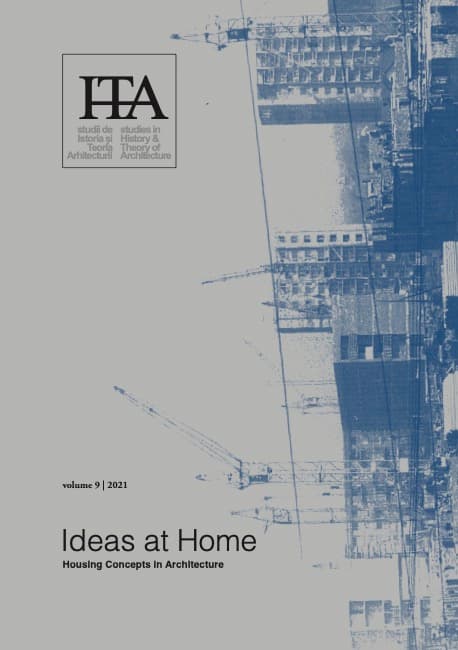Notes on the Biography of Doors.Ianualogy in Casa del Menandro, Pompeii
Notes on the Biography of Doors.
Ianualogy in Casa del Menandro, Pompeii
by
Cătălin Pavel
Keywords
Pompeii
archaeology
architecture
doors
ianualogy
A plethora of studies have tackled, already in the 90s, the issue of privacy in Roman domestic architecture, convincingly arguing that the modern distinction between public and private was in fact hardly applicable to e.g. rooms of Pompeian dwellings (Wallace-Hadrill 1994, Pesando 1997, Riggsby 1997, Zanker 1998; Grahame 2000). Such houses are better recast as loci of social activity and display, indeed labeled once “private fora” (Brown 1992). I am revisiting this newly acquired consensus and testing its underlying assumptions, using as case study the Insula del Menandro (I,10). This is now the first insula fully published in a number of monographs initiated back in 1997 which dealt with its structures, decorations, finds, silver treasure, and inscriptions. No domus can be meaningfully discussed if divorced from its neighborhood context. It is tempting, then, to approach a whole insula in terms of Julienne Hanson’s (1998) view of the house being not “a system of spaces” but a „system of boundaries”. Grahame spearheaded this approach in 1997 (access analysis on Casa del Fauno, insula 12 of regio VI) by discussing for every room their “relative asymmetry” (number of rooms that must be traversed to reach a given room) and “control value” (how any given space controls access to adjacent spaces). He failed however to consider the human factor, “the local function of time” (Taylor 2002). The insula of the Menander is eminently suited to a privacy analysis, taking into account a sundry of parameters such as graffiti distribution and lines of sight. To this can be added what I would term ianualogy analysis, emphasizing the role of doors and doorways through which one can see into the public atrium and tablinum and even beyond, negotiating the privacy of the peristyle between its nature as a central access space and its ontology as a living space.
If the modern dwelling is, in Peter Sloterdijk’s view, “a site of exclusion,” an architectural expression of our “basic right to ignore the outside world,” I endeavor to probe into the space syntax of the Campanian insula, engineered as an osmosis device servicing both the world inside and the world outside.
Published in

Chicago citation style
DOI:
10.54508/sITA.9.17